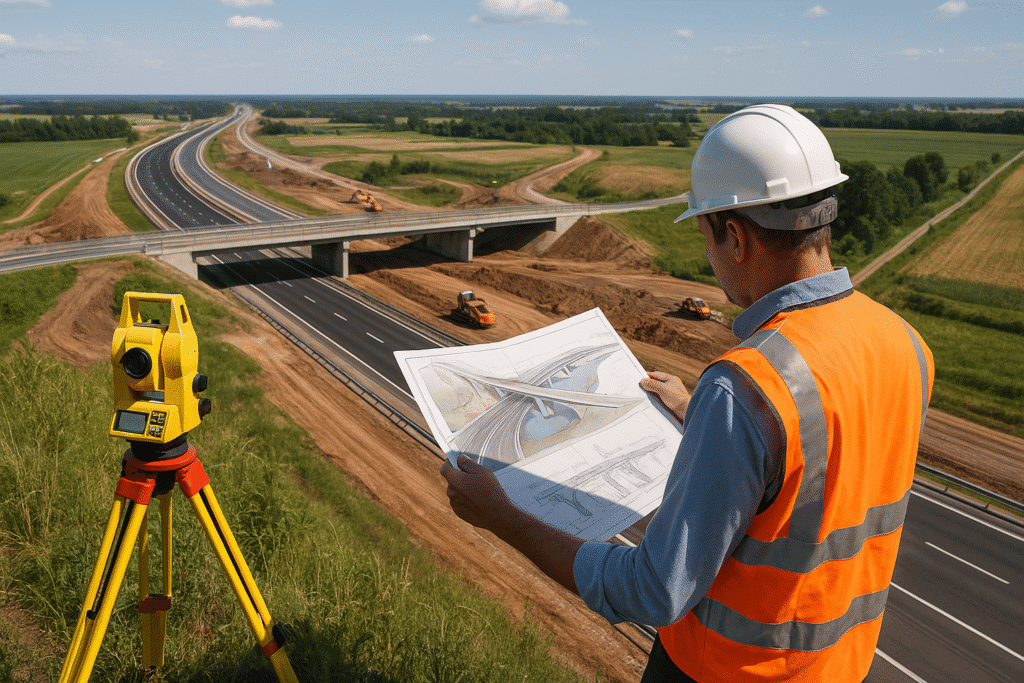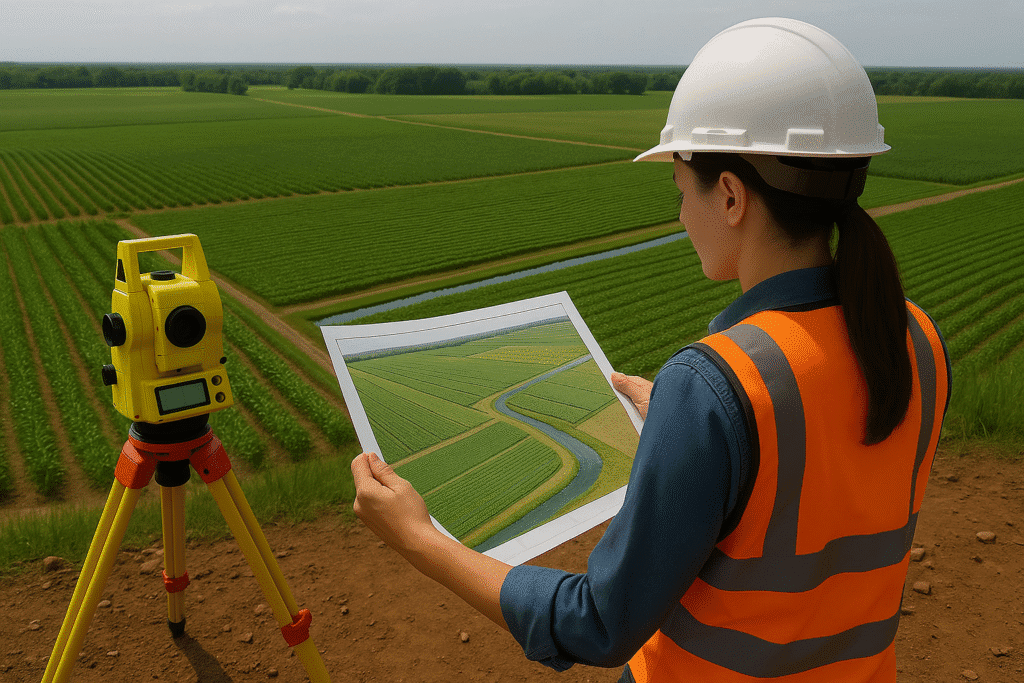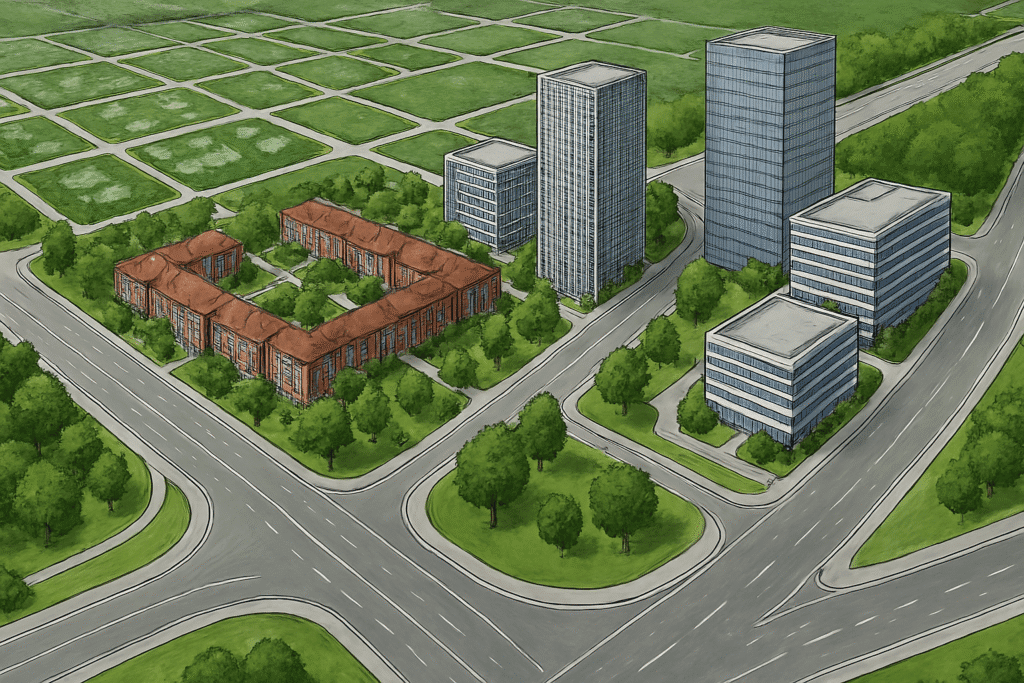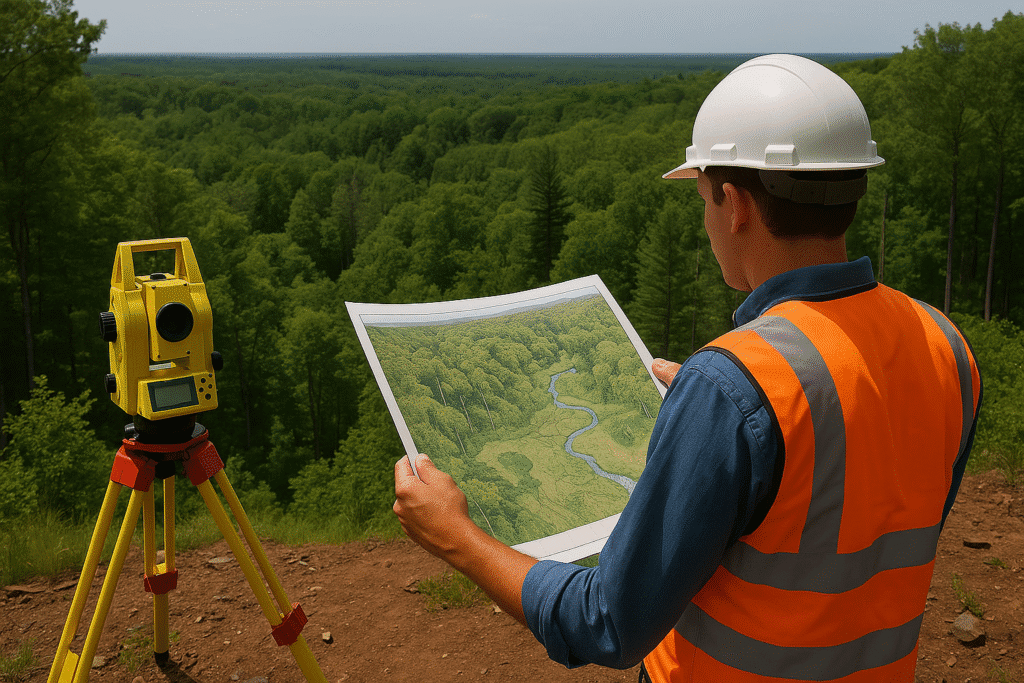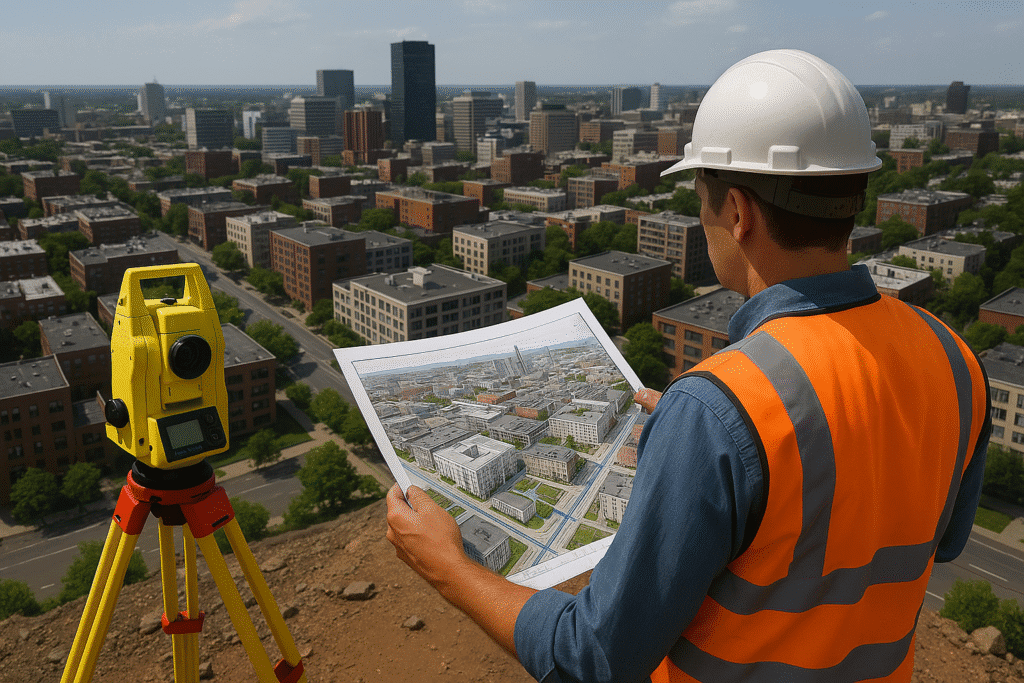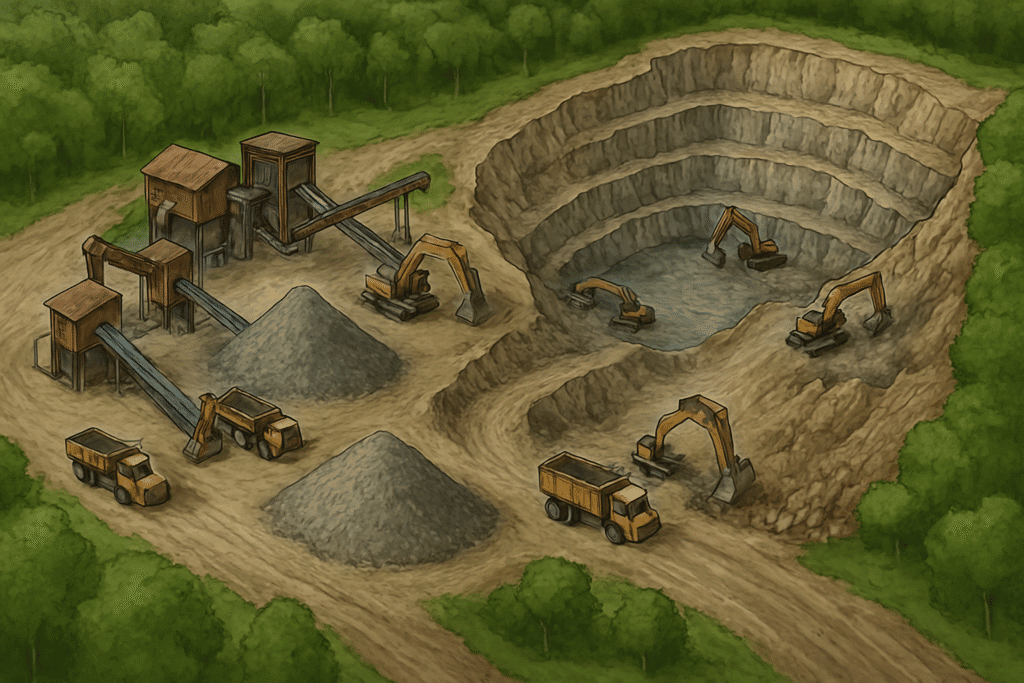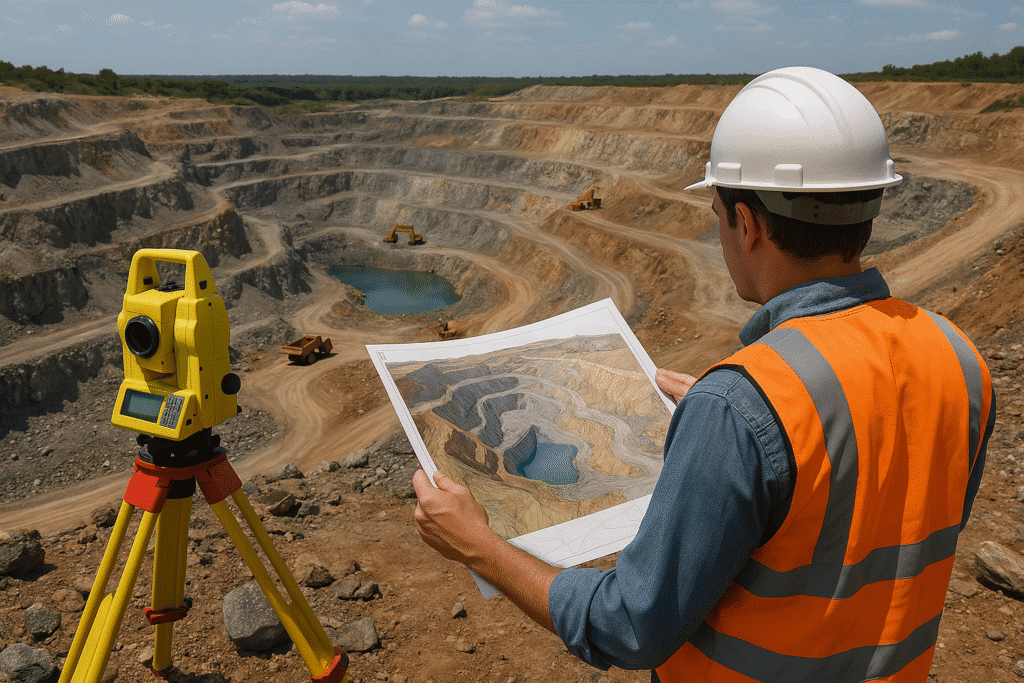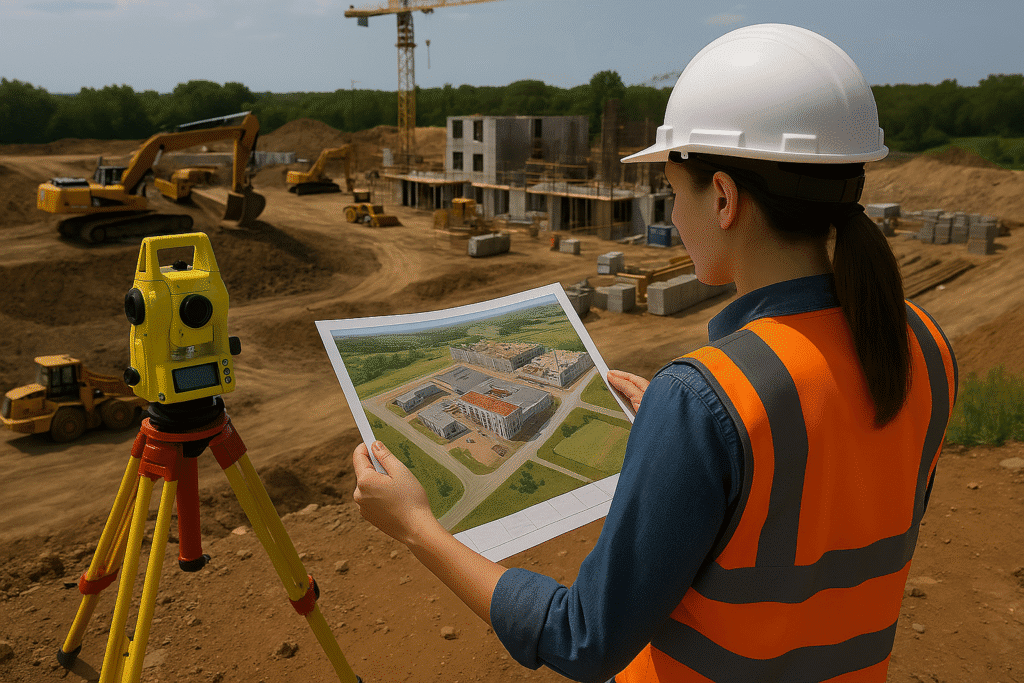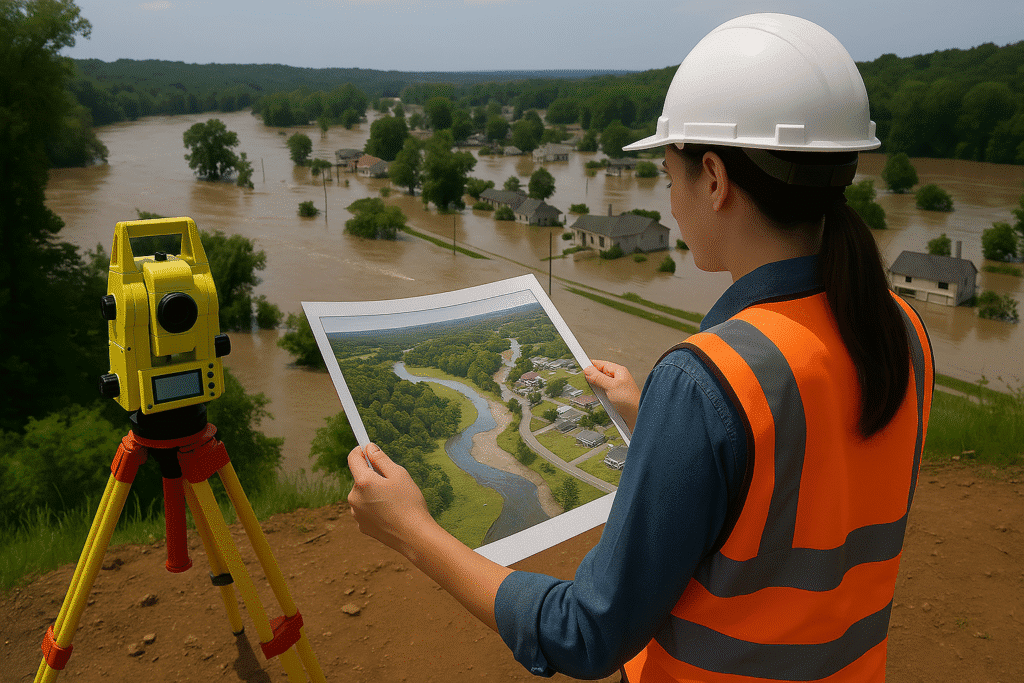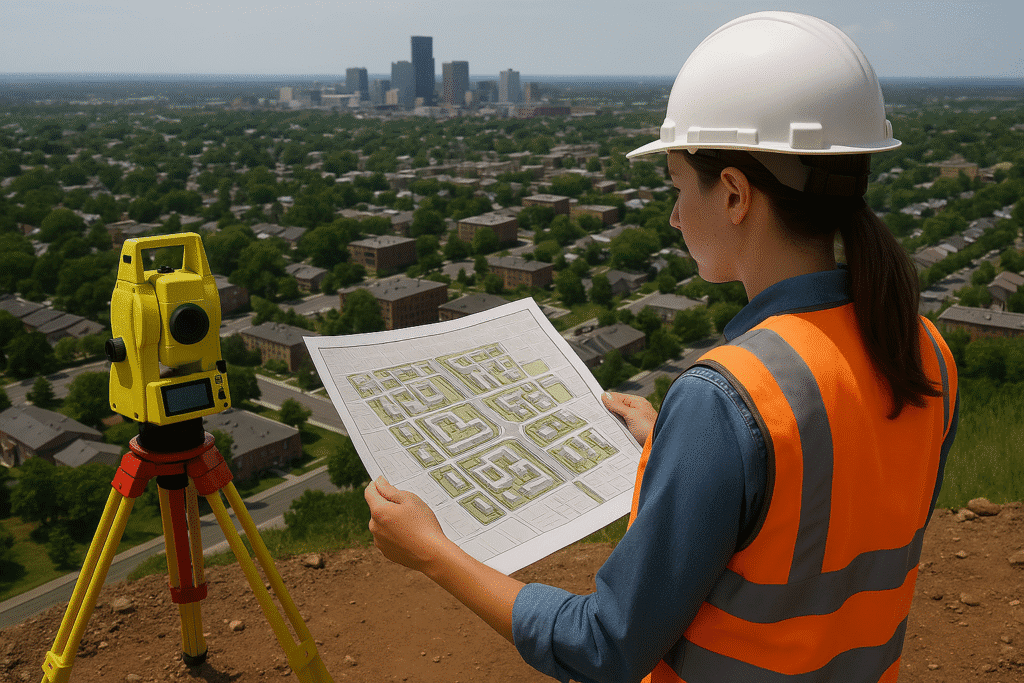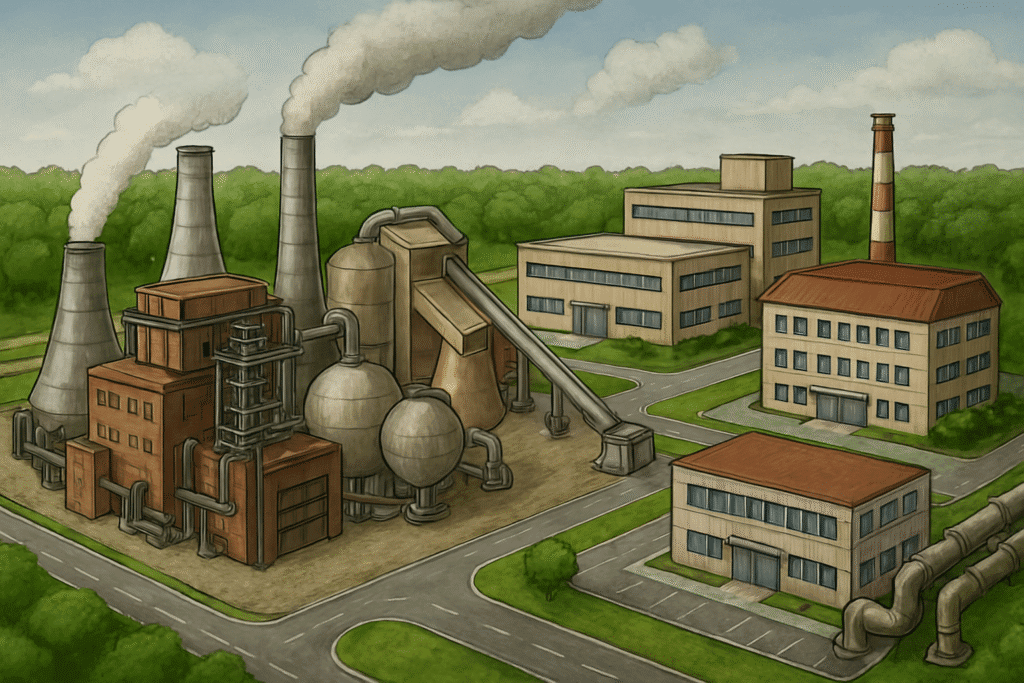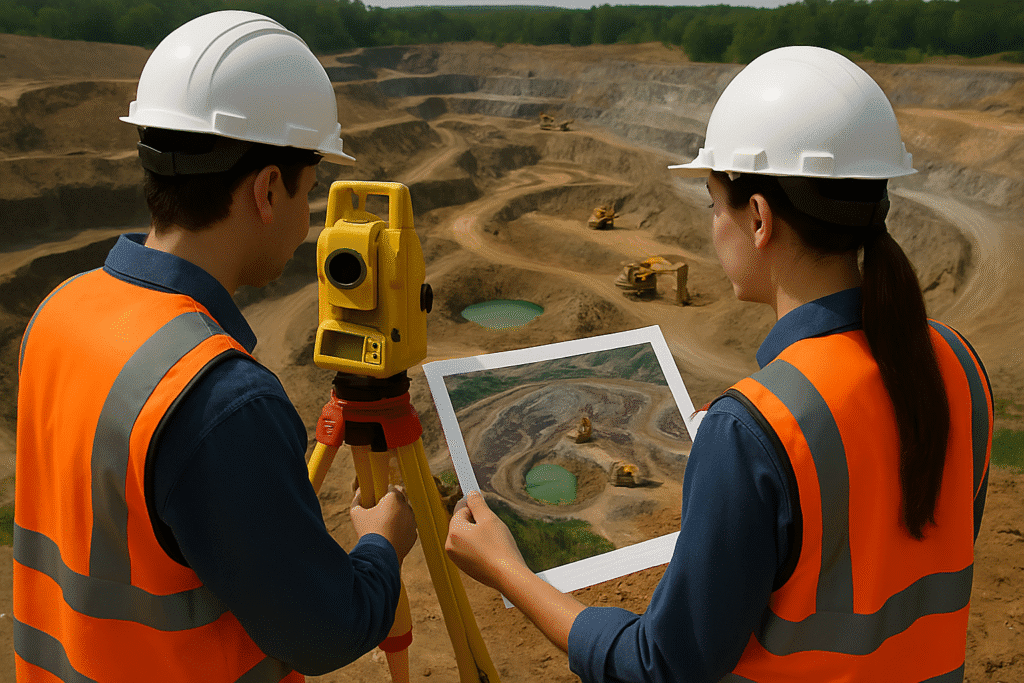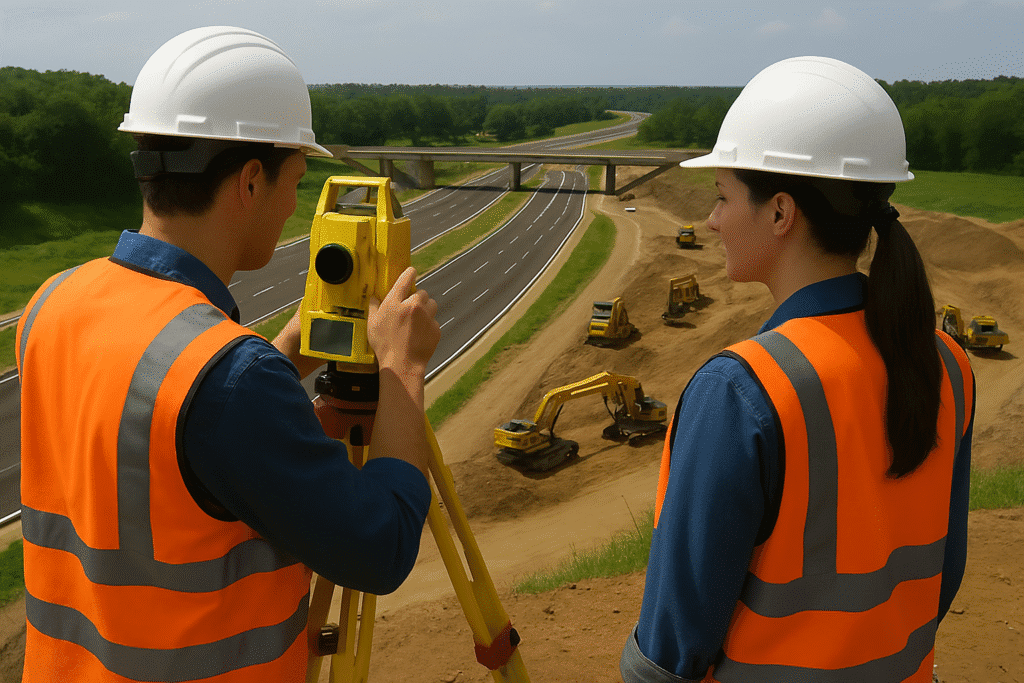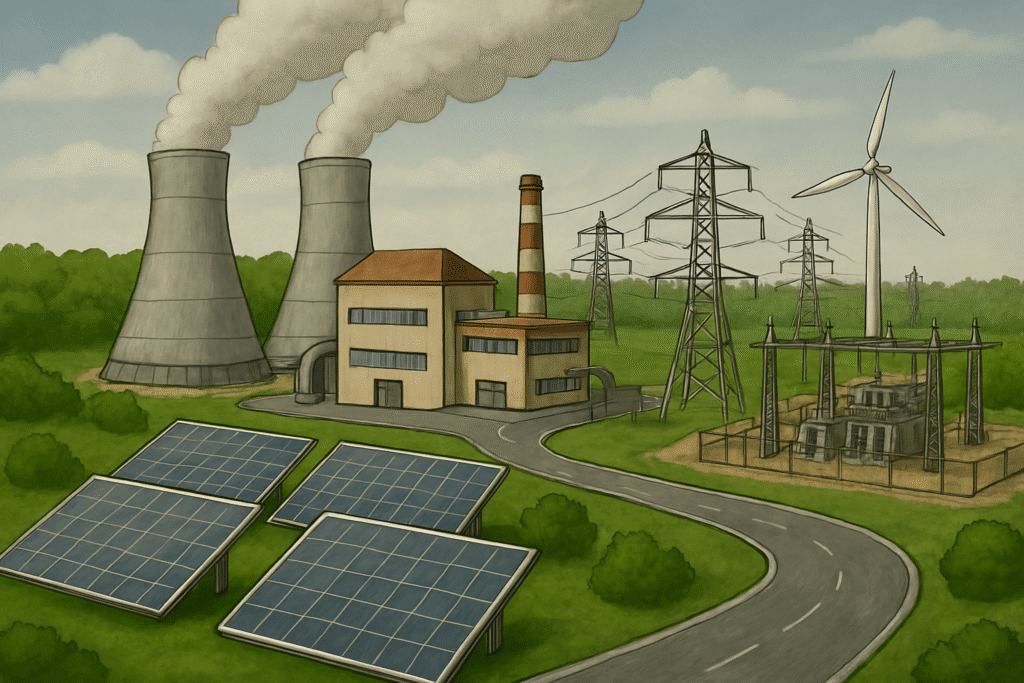
Forest Clearance
Navigating forest laws shouldn’t slow your project down — we clear the way with precision and compliance. Copasa ensures seamless Forest Clearance, from mapping to MoEF approvals.
What is this service?
Forest Clearance (also known as Forest Land Diversion Clearance) is a mandatory approval required for the use of forest land for non-forest purposes such as infrastructure development, mining, transmission lines, and industrial projects. Governed by the Forest (Conservation) Act, 1980, the clearance ensures that forest resources are preserved and compensated adequately if diverted.
At Copasa, we offer end-to-end consultancy for Forest Clearance, supporting clients in navigating the complex legal, environmental, and procedural requirements to secure approvals efficiently while maintaining ecological compliance.
- Comprehensive Forest Clearance documentation and application support
- Expertise in handling both Stage I and Stage II clearance processes
- Liaison with DFOs, State Forest Departments, MoEFCC, and Nodal Officers
- Use of GIS tools for forest land mapping and overlay analysis
- Assurance of compliance with environmental norms and timelines
Key Features
- Forest land identification and GIS overlay verification with project layout
- Preparation of Form A, KML files, DGPS maps, and site photographs
- Assistance with Site Inspection & Local Level Committee (LLC) coordination
- Facilitation of Compensatory Afforestation (CA) planning and cost estimation
- Wildlife clearance coordination, if required (for projects near protected areas)
- End-to-end submission via the Parivesh portal
- Follow-up for approval from State Advisory Group (SAG) and MoEFCC
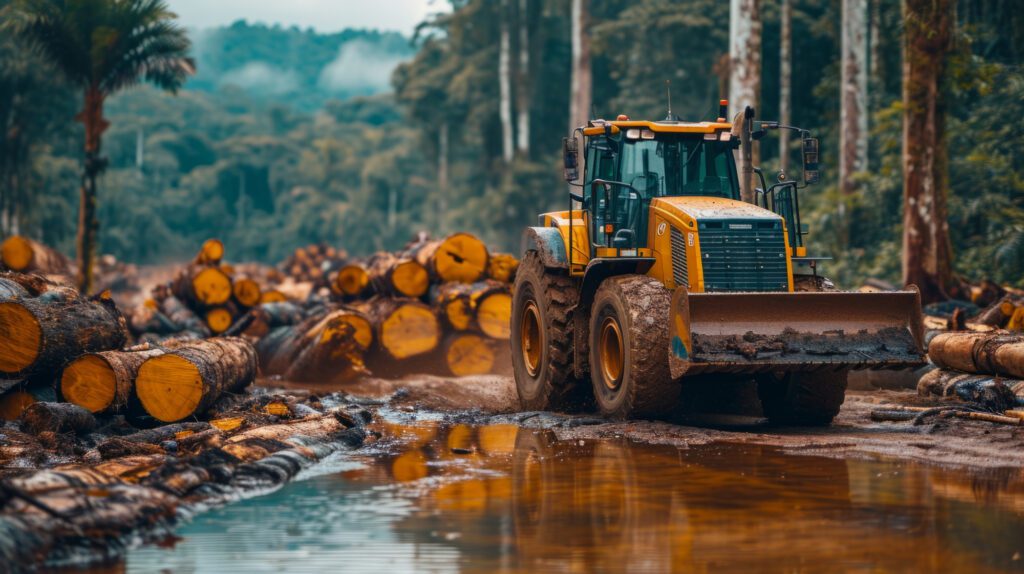
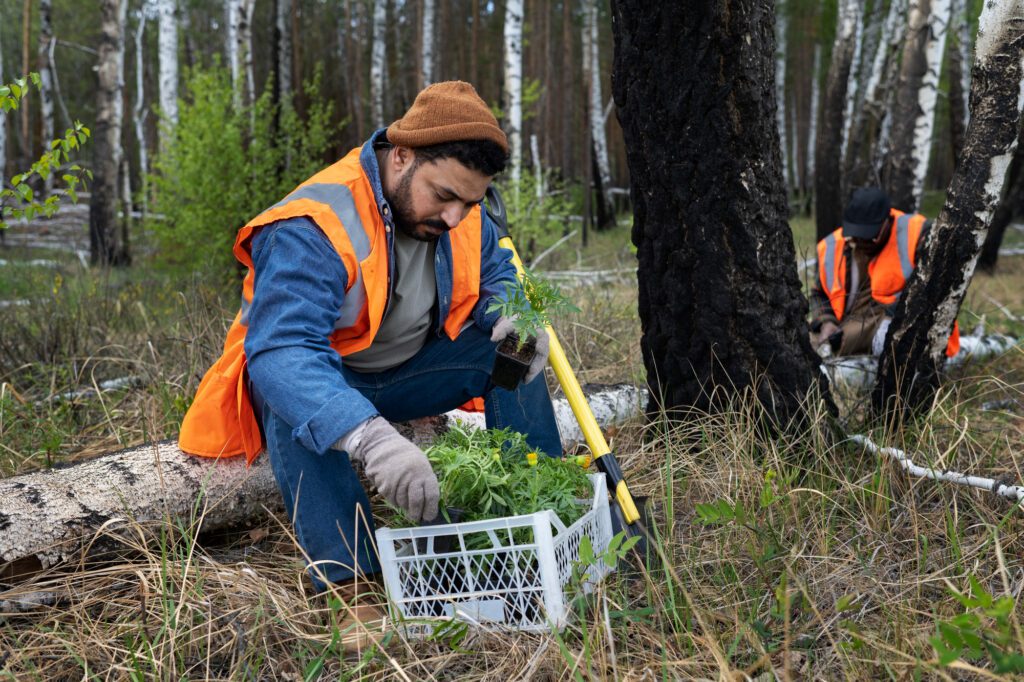
Industries Served
Infrastructure & Transportation
Roadways, railways, pipelines, transmission lines, and airports

Mining & Quarrying Management
Major and minor mineral extraction, coal blocks, and lease renewals

Energy & Utilities Management
Hydro and thermal power plants, renewable energy projects
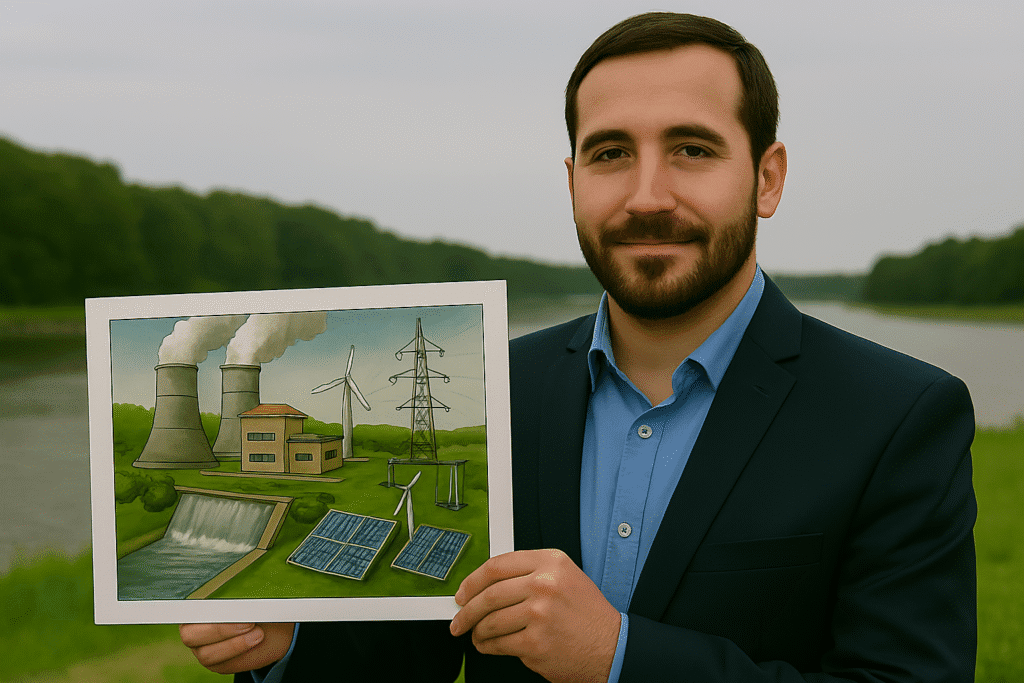
Real Estate and
Industrial Parks
Layouts, SEZs, industrial zones partially falling under forest zones

Why choose Copasa for this service?
Strong Liaison
Network
Copasa maintains long-standing relationships with forest officials, facilitating faster processing and smoother coordination with DFOs, State Forest Departments, and MoEFCC.
GIS-Integrated Site Analysis
We use advanced GIS tools to overlay project boundaries with forest data layers, ensuring accuracy, eliminating ambiguities, and preventing future rejections or delays.
Expertise in Multi-Stage Compliance
From Stage I (in-principle approval) to Stage II (final approval), our team prepares accurate, audit-ready documentation to comply with evolving forest conservation mandates.
Sustainable and Ethical Advisory
We promote responsible forest land diversion with complete transparency, legal adherence, and strategic advisory on Compensatory Afforestation, tree enumeration, and eco-restoration plans.
Frequently asked questions about
Forest Clearance
What is Forest Clearance and why is it required?
Forest Clearance is a mandatory approval under the Forest (Conservation) Act, 1980 for any project that involves diversion of forest land for non-forest use. It ensures that forest resources are legally and sustainably managed and that compensatory conservation measures are implemented.
Which projects typically require Forest Clearance?
Projects like road construction, mining, power transmission lines, industrial zones, railways, and real estate developments that intersect with notified forest land must obtain Forest Clearance before starting any construction or site activity.
What is the difference between Stage I and Stage II Forest Clearance?
- Stage I is the In-Principle Approval, granted after the project is found technically and environmentally feasible, subject to certain conditions.
- Stage II is the Final Clearance, issued after compliance with Stage I conditions like payment of Compensatory Afforestation (CA) charges and land demarcation.
Who grants Forest Clearance in India?
Clearance is granted by the Ministry of Environment, Forest and Climate Change (MoEFCC) for projects over 5 hectares, and by State Government authorities for smaller projects. Applications must be submitted via the PARIVESH portal.
What documents are required for Forest Clearance?
Typical documents include:
- Form A or B (project proposal form)
- KML files and topographic maps
- DGPS Survey and Land Sketch
- Project layout plan
- Tree enumeration details
- Site photographs and NOCs
- Compensatory Afforestation land details
Copasa provides comprehensive support in preparing and uploading these.
How long does it take to obtain Forest Clearance?
On average, the process takes 6 to 12 months, depending on project complexity, area size, site inspections, and inter-departmental reviews. Copasa accelerates this by handling liaison, documentation, and follow-ups proactively.
Can Forest Clearance be applied for land that is not officially demarcated as forest?
Even land that is classified as “deemed forest” or falls under forest-like categories (as per court directives or forest department maps) may require clearance. A detailed GIS and legal verification is essential—Copasa helps clients confirm this before project planning.
Is Compensatory Afforestation (CA) mandatory?
Yes. For every hectare of forest land diverted, the project proponent must provide equivalent non-forest land for afforestation and bear associated costs. This is a critical condition for Stage II clearance.
Does my project need Wildlife Clearance too?
If your project is located within a 10 km radius of a Protected Area (National Park, Wildlife Sanctuary), then Wildlife Clearance is also required in addition to Forest Clearance. Copasa manages both procedures seamlessly.
How does Copasa support clients in obtaining Forest Clearance?
Copasa offers:
- End-to-end clearance facilitation, from GIS mapping to submission
- Coordination with DFOs, Forest Departments, and MoEFCC
- Documentation including DGPS surveys, CA plans, and form submissions
- Expert advisory on legal compliance and environmental obligations
We ensure your project progresses smoothly, without regulatory setbacks.
Let’s Build Something
Exceptional Together.
Whether you’re breaking ground or scaling up, we bring precision, speed, and compliance to every project. From highways to high-rises, surveys to smart cities—our experts are ready to guide you. No hidden costs, no obligations—just honest insights and professional clarity. Request a tailored quote or a free expert consultation in just a few clicks. Because when you build with Copasa, you build with confidence.
